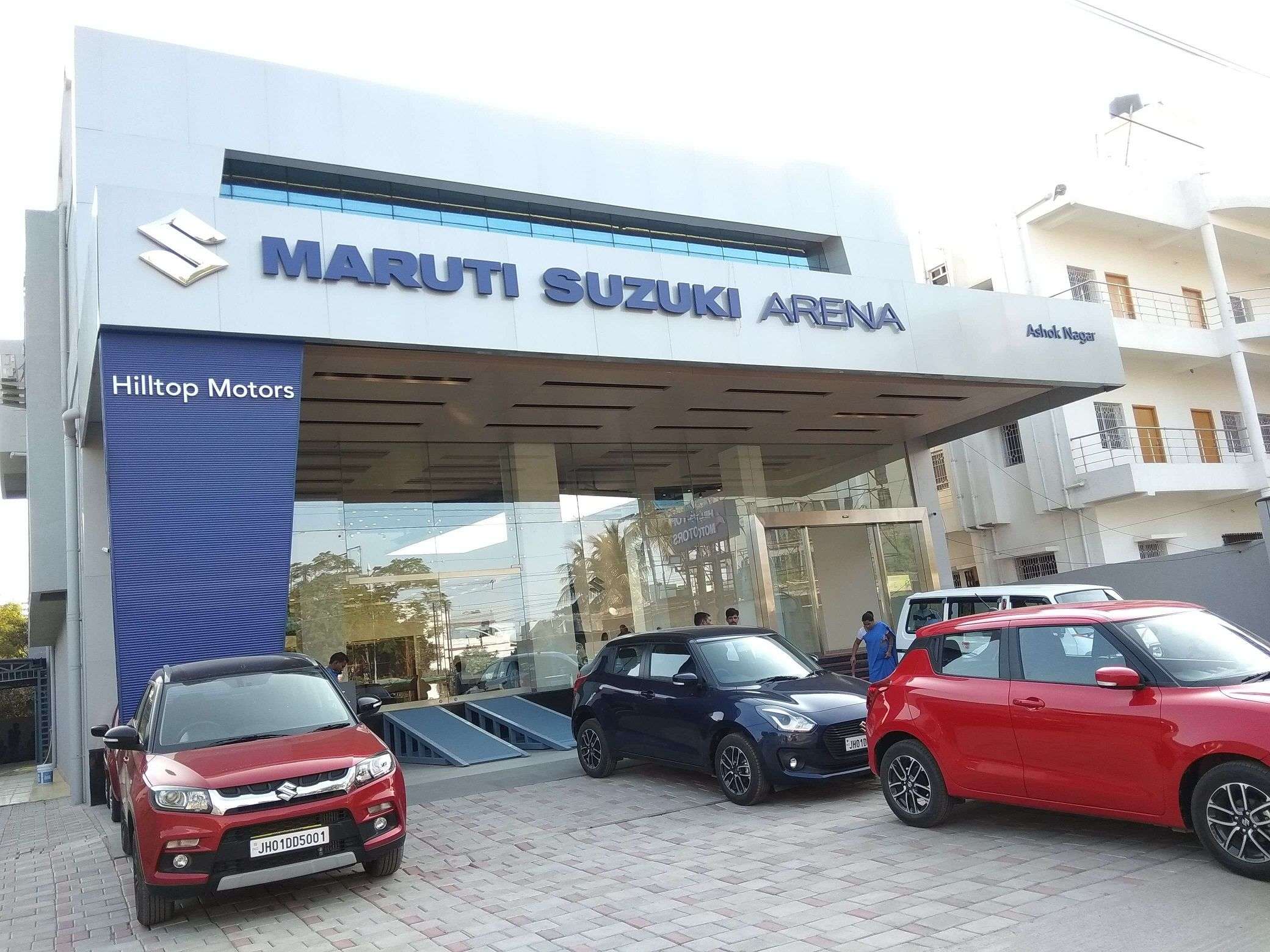 Mumbai: India drives home in a Maruti Suzuki.
Mumbai: India drives home in a Maruti Suzuki.For the fourth consecutive year, half of India’s passenger vehicle buyers opted for a model from the local unit of Japan’s Suzuki Motor.
What makes 2020 unique is that the 50% share was possible despite the company having a presence only in 80% of the market, after its exit from diesel-powered cars early in the year. The diesel segment had accounted for almost half a million cars, or about 30%, of Maruti’s annual volume not too long ago.
The automaker has achieved the feat in the face of mounting new competition from Kia and MG Motor, which have made deep inroads into the market. The dominance by Maruti is significant as the market leader lacks a major mid-size SUV among its products, a space where Hyundai Motor and its affiliate Kia have cemented their strong footprint.
Maruti now has a 67% market share in small cars, 50% in sedans, 55% in multiutility vehicles, 14% in SUVs and 98% in vans.
In the compact car segment, its market share has gained 11 percentage points in the last four years to 64%. In MPVs, it has moved up from 33% at the end of 2018, and in vans from 81%. However, in the SUV segment, the share has dropped to 14% from 26% in 2018.
Shashank Srivastava, Maruti’s executive director (sales and marketing), admitted that the company’s performance in the fast-growing SUV segment has been below expectations though it has increased its market share in almost all other segments of the market.
“Though we are leaders in the compact SUV space with our popular Brezza, we need to focus on improving our S Cross volumes in the mid-SUV. We have succeeded in the past with our relentless focus on customer understanding, requirements and satisfaction. That will remain our mantra going forward as well,” Srivastava said.
Maruti has held its own by finding greener pastures, wide spaces and adopting new technologies. The company has systemically plotted new markets with villages, districts and states with fast rising per capita income to bring in incremental sales. Not surprisingly, the share of rural markets in total sales has gone up to 41% from 35% in the past few years.
With improving city gas distribution, its bet on CNG almost a decade back is helping to de-risk itself from rising petrol prices and the absence of diesel options in its portfolio. CNG sales accounted for 15-17% of sales last financial year ended March 2020. The number for the calendar year 2020 wasn’t available.
Interestingly, there were no major product launches from the company in the past year. But now, it is readying an aggressive product onslaught, after managing the difficult job of transitioning to BS-VI emission standards and the Covid-19 crisis.
At the entry-level, there are the new generation Alto and Celerio lined up for launch. There is also a range of utility vehicles priced from Rs 8 lakh to Rs 20 lakh that will hit the road in the next three-four years, which will help the company bridge the gap in the segment.
Avik Chattopadhyay, founder of brand consultancy firm Expereal, said Maruti’s product portfolio is the most relevant both for grassroots level growth in good times as well as the ‘funnel effect’ in bad times, like amid the Covid-19 pandemic.
“The funnel effect is when potential customers scale down their budgets and purchase a vehicle in a lower segment, in tough times like post pandemic, (when) Maruti’s core portfolio helps the company. And when times slowly improve, people who have sold off their vehicles at the onset of the emergency will look for a new vehicle in a lower price band, again playing to MSIL’s (Maruti Suzuki’s) advantage,” said Chattopadhyay.
The launch of the subscription model has also been most timely for the company, as it made an affordable vehicle even better suited in times of economic strain, said Chattopadhyay.
“This emergency has been a wake-up call for Maruti to realise that it still must play the core role of democratising mobility in India rather than have any pretensions of becoming ‘premium’; MSIL’s raison d’etre is ‘aspirational affordability’ and it must serve that cause to the hilt; its experience, expertise, technology, and cost structure make it best-suited,” he added.














